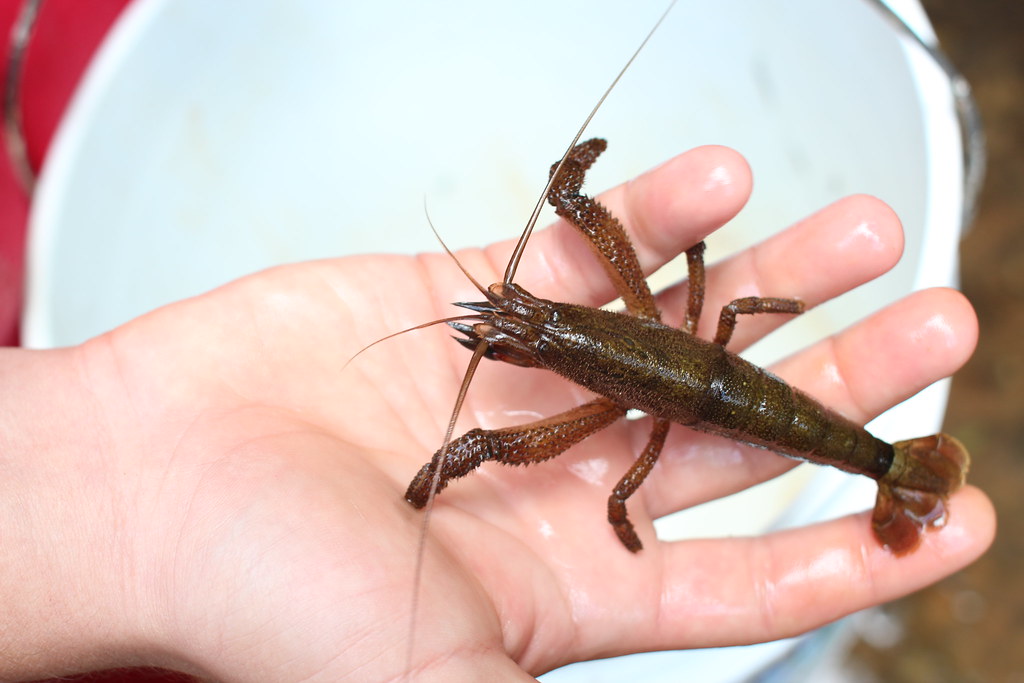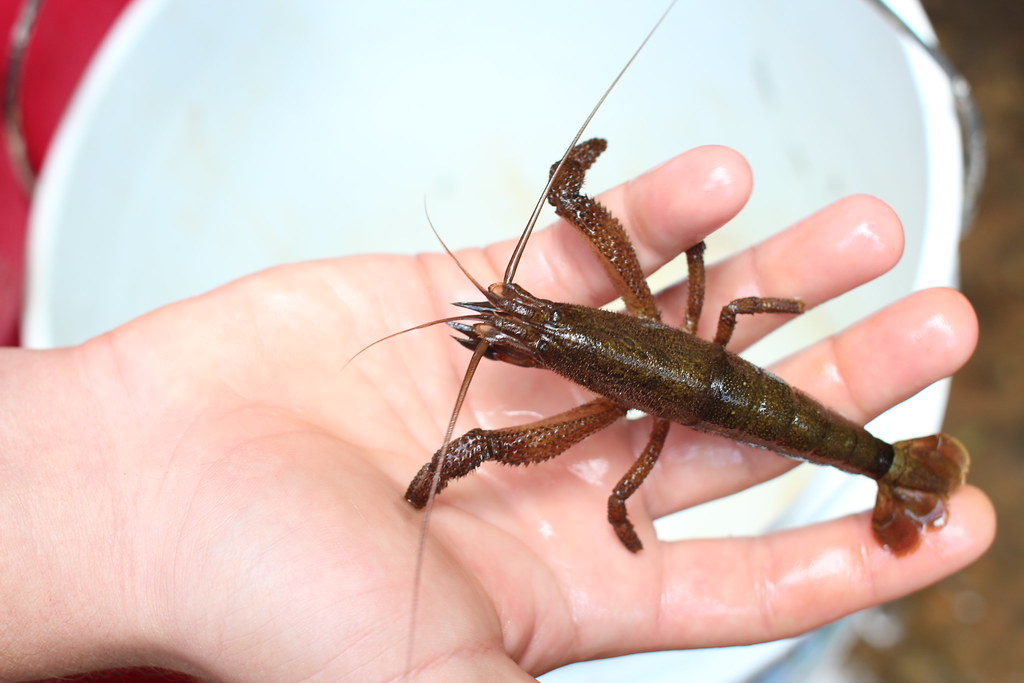Table of Contents
Dive into the enchanting world of Chagaras! Uncover secrets, stories, and more. Your gateway to a captivating journey. Embrace the magic now!
If you’ve ever marveled at the vibrant, wooly rugs flooding your social media feed or adorning the shelves of trendy home decor stores, chances are you’ve encountered Chagaras. These traditional handwoven wool rugs, originating from Bolivia, have not only captivated the design world with their striking geometric patterns and vivid dyes but also hold a profound historical and cultural significance for the indigenous people of Bolivia. In this exploration, we delve into the origins, weaving process, cultural importance, and the diverse types of Chagaras that have gained global popularity.
What Are Chagaras?
Chagaras, also known as palm grasshoppers, are not rugs but rather large insects native to tropical regions in Africa, Asia, and the Americas. Despite the misconception, these fascinating creatures play a crucial role in their ecosystems. With over 2,000 species, ranging from 1 to 5 inches in length, Chagaras boast diverse colors and patterns.

The History and Origins of Chagaras
Contrary to the initial confusion, Chagaras have their roots in South America, particularly in Ecuador and Colombia. The colorful textiles are meticulously handwoven by indigenous communities, following age-old techniques passed down through generations.
The Weaving Process
The intricate process of crafting Chagaras begins with gathering sheep’s wool and natural dyes from plants. Artisans then spin the wool into yarn and employ a backstrap loom, a simple yet effective tool wrapping around the weaver’s back. This labor-intensive process, taking up to six months for a single Chagara, results in a unique and meaningful work of art.
Cultural Significance
Beyond their aesthetic appeal, Chagaras play a pivotal role in cultural traditions. These textiles are often exchanged as gifts during significant events such as weddings or coming-of-age ceremonies. Each community adds its touch, with vibrant colors derived from natural dyes symbolizing values like fertility, nature, or harmony. A fantastic read about hürrilet.
How Chagaras Are Made
Inaccuracies aside, the actual Chagaras, or decorative storage boxes, hail from Colombia. Crafted using a centuries-old technique, these functional art pieces combine natural fibers such as fique and mopa mopa, woven around a cedar or pine wood base. The result is a durable and visually striking storage box, reflecting Colombia’s rich weaving tradition.
The Different Types of Chagaras
Diversifying our understanding, Chagaras come in various types, each catering to specific preferences and needs.
- Fruiting Chagaras: Contrary to their insect namesake, these Chagaras produce edible fruits, such as the mango and lime Chagaras.
- Flowering Chagaras: For those valuing aesthetics, the pink and red Chagaras with vibrant flowers offer a visually pleasing alternative.
- Dwarf Chagaras: Ideal for limited spaces, these smaller varieties, like the pixie and mini mango Chagaras, maintain their charm without overwhelming surroundings.
- Privacy Chagaras: Those seeking a natural privacy screen can opt for the emerald or giant Chagaras, with their imposing heights and distinctive foliage.
Where to Find the Best Chagaras
For enthusiasts eager to incorporate Chagaras into their homes, South America, particularly Chile and Peru, is the go-to destination. Outdoor markets, family-owned shops, and reputable online platforms offer authentic options.
- Outdoor Markets: Explore ferias in Chile, such as Vega Central and Mercado Central, or in Peru, the San Pedro Market and Mercado San Miguel for a diverse selection of Chagaras.
- Family-Owned Shops: Invest in the best by supporting family businesses like Mercado de Santa Lucia and Artesanias de Chile in Santiago, or Kuna and Sol Alpaca in Peru.
- Order Online: If travel is not an option, trusted online stores like Kuna, Sol Alpaca, and Mercado de Santa Lucia provide a convenient way to purchase authentic Chagaras.
Final Thought
In conclusion, Chagaras, despite the initial confusion, are not wooly rugs but rather intricate and culturally significant storage boxes. Understanding their true nature, origins, and types enhances the appreciation for these unique pieces. Whether acquired as a decorative element or a practical storage solution, Chagaras offer a connection to the rich heritage of South American weaving traditions. So, dive into the world of Chagaras, explore the diverse options, and add a touch of Bolivian craftsmanship to your living space.
People Also Ask
1. What are Chagaras?
Chagaras are not rugs but rather intricate, handcrafted storage boxes originating from Bolivia. They are made using natural fibers like fique and mopa mopa, woven around a wooden base, reflecting a centuries-old weaving tradition.
2. Are Chagaras related to insects?
No, there’s a common misconception. Chagaras, in the context of our discussion, are not insects. They are decorative storage boxes crafted in Colombia, with their origins in Ecuador and Colombia.
3. How are Chagaras made?
The crafting process involves gathering sheep’s wool and natural dyes, spinning the wool into yarn, and using a backstrap loom for weaving. This labor-intensive process can take up to six months for a single Chagara.
4. What is the cultural significance of Chagaras?
Chagaras play a crucial role in cultural traditions. They are often exchanged as gifts during significant events such as weddings or coming-of-age ceremonies. Specific patterns and colors carry symbolic meanings, representing values like fertility, nature, or harmony.



